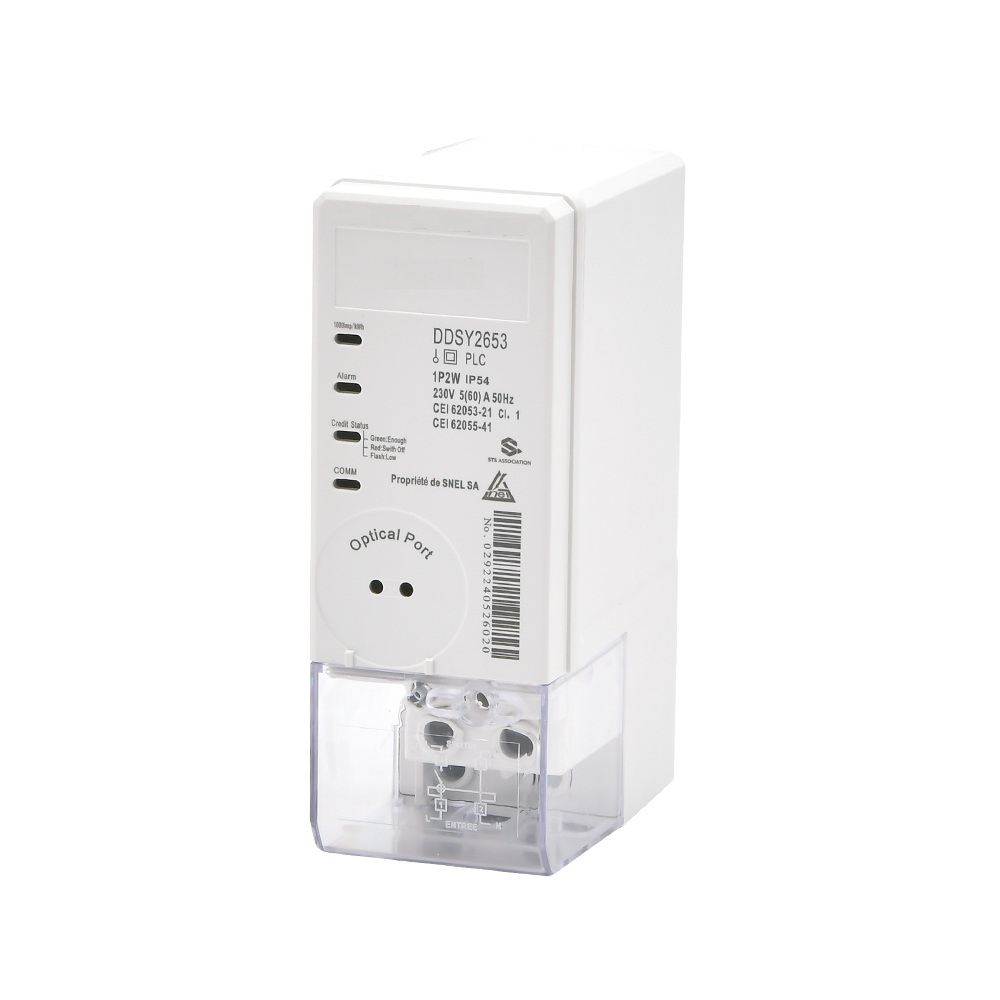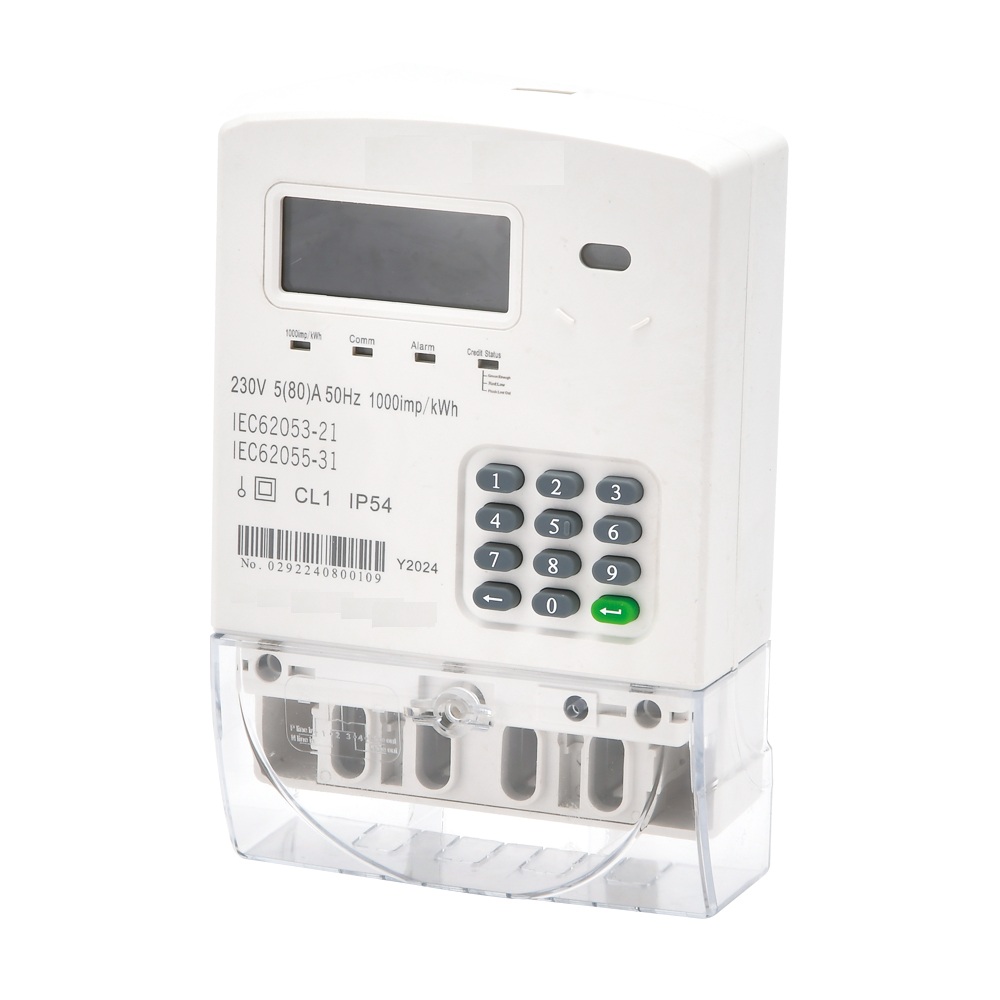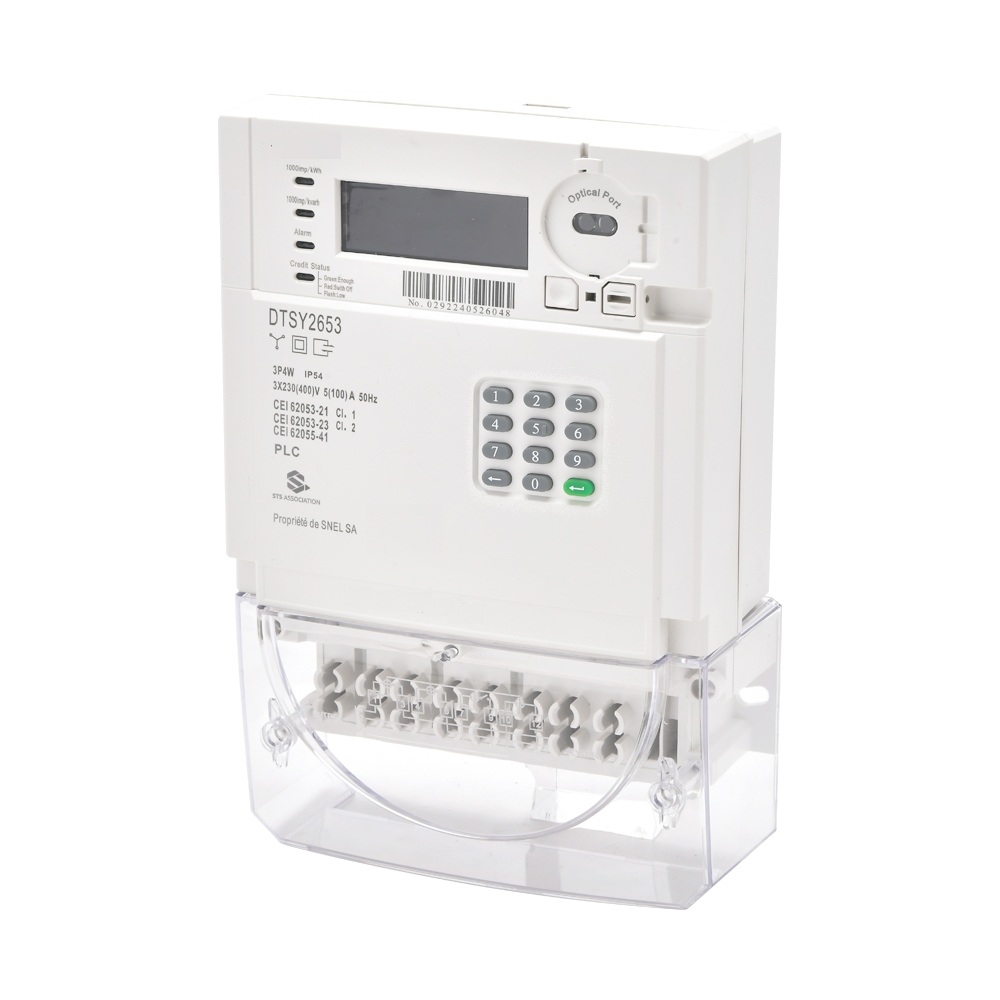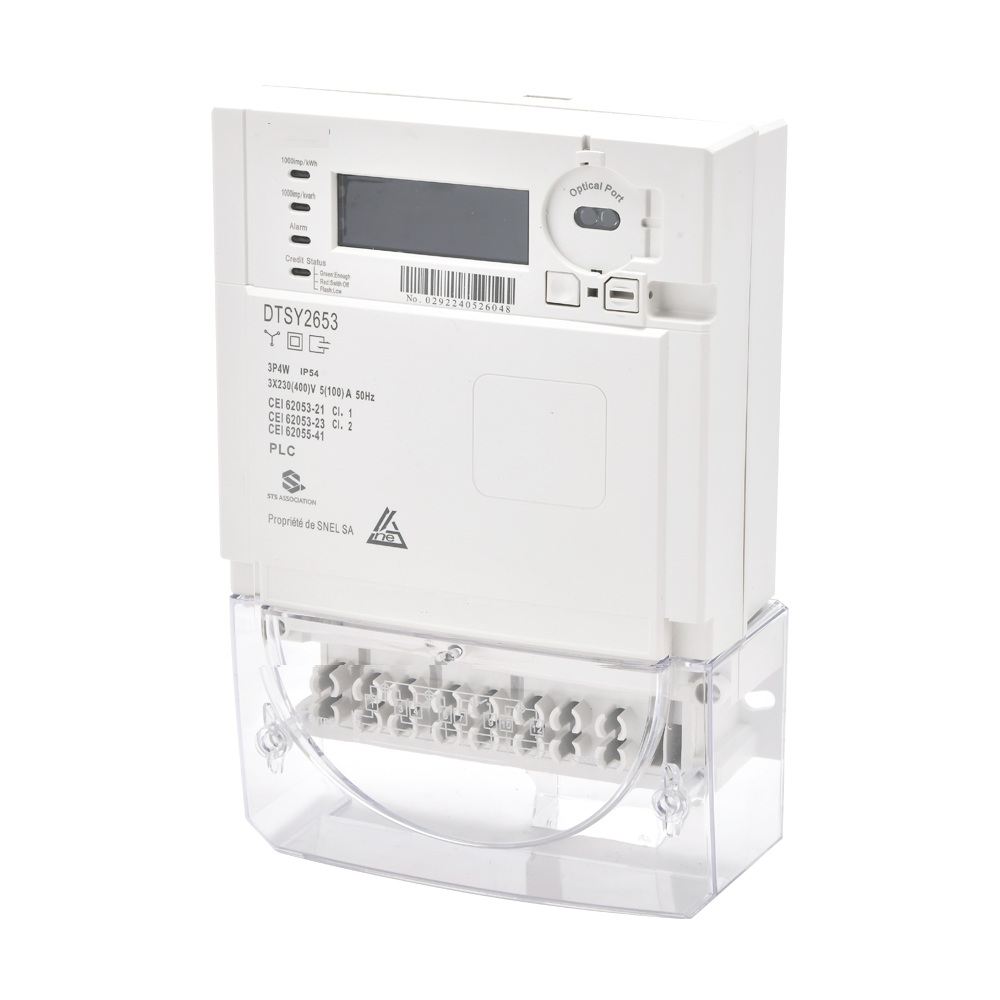How to choose a suitable three-phase electricity meter for the factory?
Publish Time: Author: Site Editor Visit: 597
1、 Select current specifications based on electrical load
Small factories (current below 100A):
It is recommended to choose a 1.0 level precision three-phase smart meter, such as models with rated currents of 10 (40) A and 15 (60) A, to meet the daily electricity needs of equipment.
Medium to large factories (current above 100A):
A current transformer connected energy meter with an accuracy of 0.5S level is required, such as models with rated currents of 30 (100) A and 50 (200) A, to ensure measurement accuracy in high current scenarios.
2、 Clearly define the accuracy level and applicable scenarios
0.5S level electricity meter:
Suitable for general factory workshops, it can meet the measurement needs of most industrial users and reduce errors in electricity bill settlement.
0.2S level electricity meter:
Suitable for high-precision measurement scenarios, such as 110kV and above substations, power stations, and key energy consuming enterprises (such as photovoltaic, steel, and petrochemical industries), providing more accurate electricity consumption data.
3、 Select the type of electricity meter based on the installation environment
Ordinary factory workshop:
Choose a three-phase four wire electricity meter (such as 3 × 220/380V), suitable for scenarios with both single-phase and three-phase loads.
High voltage electricity scenario:
Choose a three-phase three wire high-voltage energy meter (such as 3 × 100V), suitable for high supply and high meter users, and ensure that the meter has high-voltage withstand capability.
4、 Functional requirement matching
Ordinary measurement demand:
Choose a basic three-phase smart meter with forward and reverse active power metering functions.
Complex electricity management:
Choose a multifunctional electric meter (such as DSSD/DTSD series) that supports advanced functions such as time of use billing, demand monitoring, and harmonic analysis.
Prepaid management:
Choose prepaid electricity meters (such as DSSY/DTSY series), suitable for factories that require prepayment of electricity bills.
5、 Brand and Quality Assurance
Choose a reputable manufacturer:
Priority should be given to well-known brands such as Weisheng, Linyang, Kelu, etc., to ensure the quality of electricity meters and after-sales service.
Certification and Standards:
Ensure that the electricity meter complies with national grid standards (such as GB/T 17215) and has certifications such as CMC and CPA.
6、 Case reference
Three phase smart meter:
The specification is 3 × 1.5 (6) A, with an accuracy level of 0.5S, suitable for small and medium-sized factories, supporting functions such as forward and reverse active power measurement and loss of voltage monitoring.
Lin Yang 4G wireless three-phase electricity meter DTZY71-G:
Support remote meter reading and data uploading, suitable for factories that require centralized management.
7、 Precautions
Avoid using cheap electricity meters:
Low cost electricity meters may have issues such as inaccurate measurement and lack of functionality, which can affect electricity billing and usage management.
Regular calibration:
Regularly calibrate the electricity meter based on the factory's electricity usage to ensure measurement accuracy.
Through the above steps, the factory can select three-phase electricity meters with appropriate specifications, accuracy, and functions according to its own electricity needs, achieving precise measurement and efficient electricity management.



